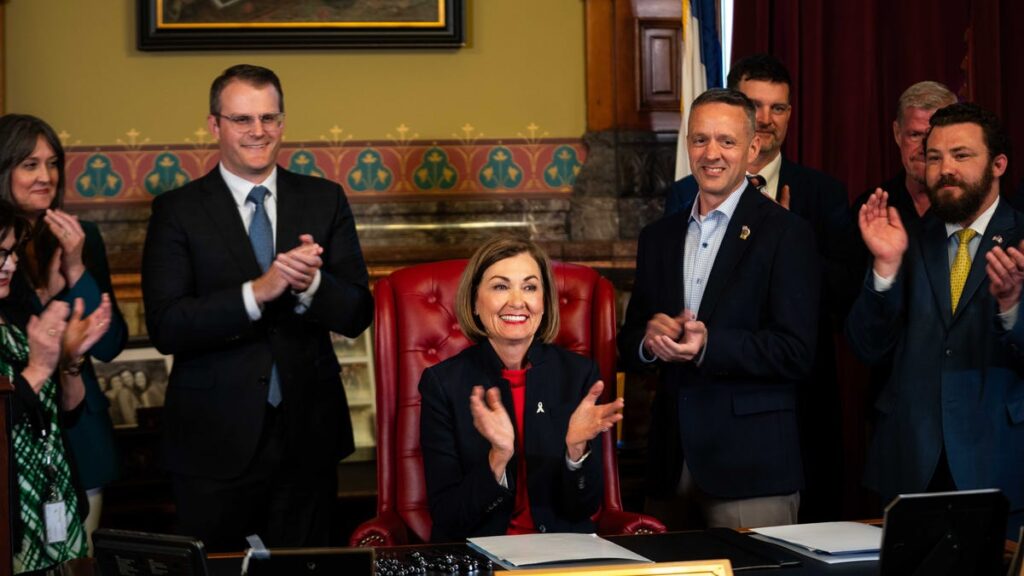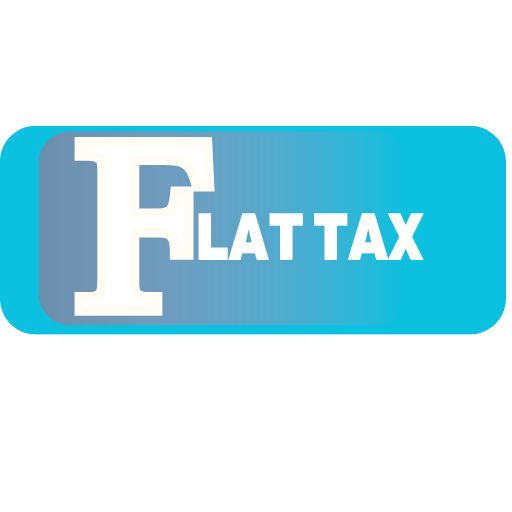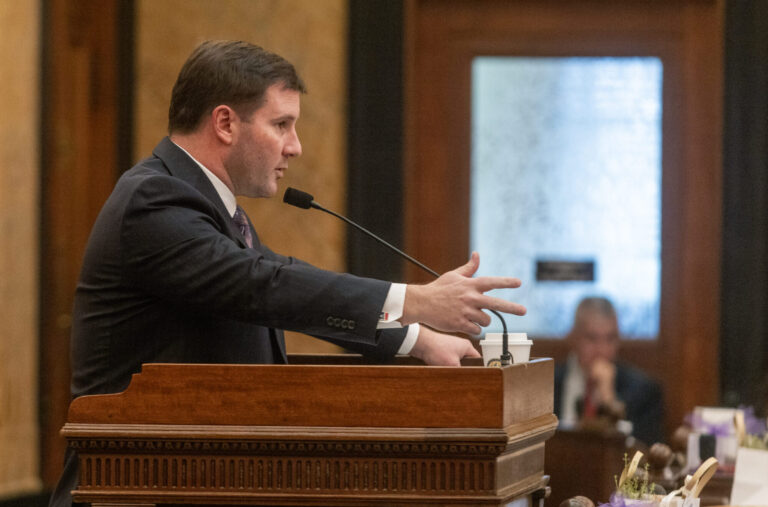
Iowa's income tax rate drops to a 3.8% flat tax on Jan. 1
WATCH: Gov. Kim Reynolds signs bill lowering state tax rate
Gov. Kim Reynolds signs SF 2442 lowering income tax rates to a flat 3.8% Wednesday, May 1, 2024, at the Iowa State Capitol.
When Iowans complete their New Year’s Eve countdown, the state will be ringing in not just a new year, but a new — and lower — income tax rate.
On Jan. 1, 2025, Iowa’s income tax will drop to a 3.8% flat rate for all taxpayers — down from a top income tax rate of 5.7% in 2024.
Gov. Kim Reynolds signed the flat tax into law last May. It speeds up a 2022 income tax cut that would have taken Iowa to a 3.9% flat tax by 2026.
How does Iowa’s income tax rate compare with other states?
The new rate gives Iowa the sixth-lowest income tax rate in the country among states that levied an individual income tax in 2024.
However, some states may have additional cuts taking effect in 2025.
When will Iowans see the effects of the tax cut?
Iowans may begin to see some changes right away in 2025 as employers withhold less money from their paychecks to account for the lower state tax rate.
The tax cut is driving an expected $602 million drop in state revenues in the current fiscal year, FY 2025, compared to the previous fiscal year.
The state Revenue Estimating Conference projects Iowa will take in about $9.15 billion in the current year compared with $9.76 billion in the prior year, a 6.2% drop.
Why did Iowa lawmakers drop the tax rate?
Reynolds and Republicans in the Iowa Legislature have long said the state is collecting too much money from taxpayers and have passed tax cuts as a result.
House Speaker Pat Grassley, R-New Hartford, acknowledged that state revenues “saw a slight dip,” but said lawmakers were anticipating the drop and planned for it.
“We were expecting that to happen,” he said. “But we’ve built in that cushion to make sure that those kinds of things as they happened we left ourselves in a position where we weren’t jeopardizing the investments that we were making in our budget or jeopardizing the tax cuts that we passed and that we feel confident long-term that they’re sustainable.”
Grassley pointed to the fact that Iowa has a $2 billion budget surplus, $961 million in its reserve accounts and $3.75 billion in the Taxpayer Relief Fund, which must be used to reduce taxes.
Democrats have criticized Republicans over their tax policy, saying the benefits are skewed towards corporations and wealthier Iowans.
“Every week, Iowans are experiencing more layoffs and rising costs while corporations make more money and get endless tax breaks,” Rep. Timi Brown-Powers, D-Waterloo, said Dec. 12. “Our work in the next session must be focused on lowering costs and helping people make ends meet, not more giveaways to the special interests and wealthy.”
How much have Republicans dropped taxes?
Reynolds has signed a series of tax cuts into law since becoming governor, repeatedly lowering the state’s income tax rate, cutting corporate taxes, ending the inheritance tax and taxes on retirement income and cutting property taxes.
In all, Reynolds said the changes will result in taxpayers paying $24 billion less in taxes over a decade.
In December, Reynolds won an award from the Iowa Taxpayers Association in recognition of her efforts to lower taxes.
“There’s no more complexity, and there’s no more gimmicks,” Reynolds said of Iowa’s tax system at the Dec. 5 award ceremony. “What you see is what you get. Low taxes, low spending and more money in the pockets of citizens and businesses who truly create prosperity.”
Are more tax cuts likely?
Republicans have promised to focus on property tax cuts in the 2025 legislative session, which begins Jan. 13.
They have not released any specific plans.
Stephen Gruber-Miller covers the Iowa Statehouse and politics for the Register. He can be reached by email at [email protected] or by phone at 515-284-8169. Follow him on Twitter at @sgrubermiller.




